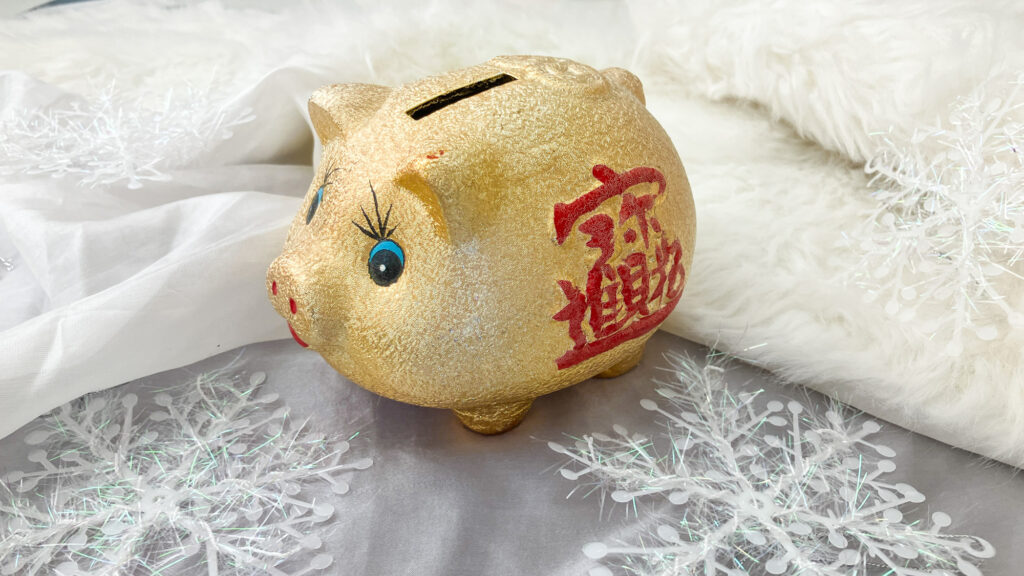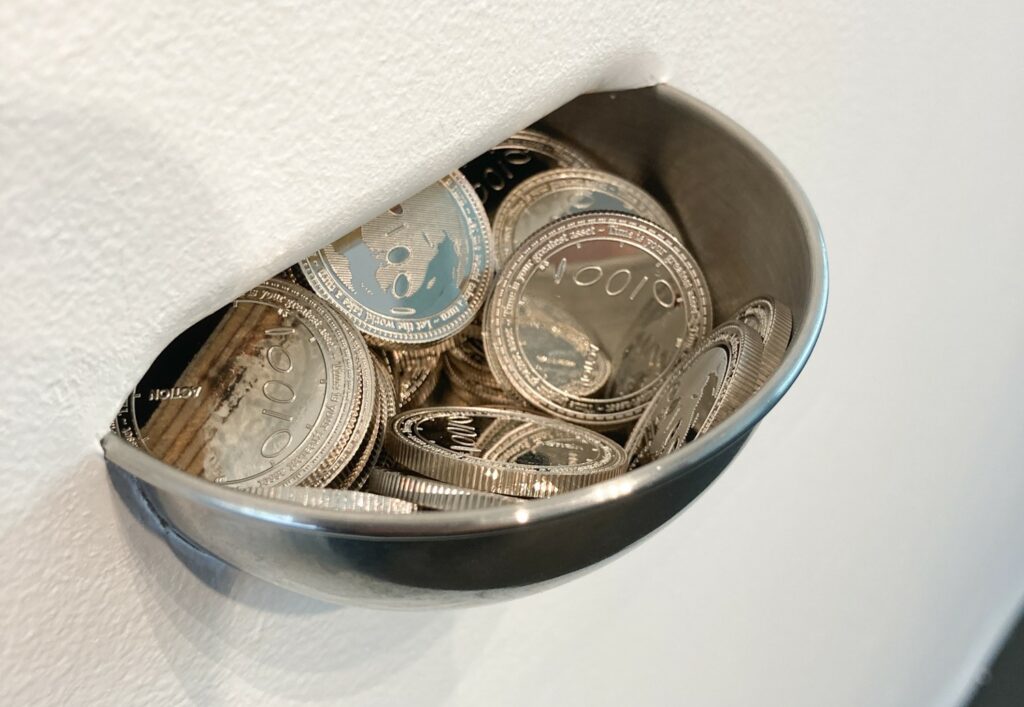
There’s no need to wait to start saving – in fact, if you put away some cash right now, you’ll be able to start the new year with a little optimism for the year ahead and plenty of enthusiasm to save more. There are several ways to build your emergency piggy bank and once you’ve put aside some money be sure to keep it in a high-interest saving account to reap additional benefits.
The key to start saving right now is by putting aside even the smallest amounts and steadily work toward your big goal. Breaking it down this way makes the goal feel more achievable and less intimidating – and every pound you put in that ‘safety net’ account will help you to feel more secure.
So, don’t wait for January to make saving an emergency fund your New Year’s resolution – start little and start now to feel safer as we go into the coming year.
Set Up Automatic Transfers
The best and fastest way to build your emergency fund is to automate the process. This involves setting up an automatic transfer from your personal bank account to whatever savings account you have your emergency funds in. Make sure you set up the transfer for a date when you know there will be enough money in your account to cover it – such as just after payday.
The beauty is that you never have to think about it and the money is safely saved before you have time to spend it. If you treat it like one of your regular bills, you won’t even notice it’s been saved but unlike a bill, it’s still your money – it’ll just be safely stowed away for a time when you’ll need it.
It doesn’t have to be a large amount, just choose whatever amount you can afford to save without hardship. The only downside is you just have to be patient and let it grow as much as you can.

Choose the Right Savings Account
Make sure you choose a high-interest savings account so that you can earn a return on your money. Open a savings account or a tax-free ISA but, seeing as you might need to use money in an emergency, you might not want to lock your money away in a fixed term-account.
Instead, choose an instant access account but make sure it still offers you a good interest rate and choose for the interest to be paid into the savings account rather than your personal account. This is important because your emergency fund will grow in size with the additional interest being added to the pot.
As soon as you put any money in your account, it will slowly start growing. This is game-changing when you are trying to save as much as possible. As long as you are earning some interest on your money, you are able to save more for the future.

Find Extra Income Streams
You can find a lot of part-time jobs on Upwork and Fiverr, do some online tutoring or teach a craft skill, write an eBook, sell some of your belongings on eBay or Vinted, or even do some pet-sitting for your neighbour. Any little tasks that will create a little extra cash are ideal.
Then, allocate this money to your emergency fund. You may be earning just a fraction of your regular income, but it adds up in the long run. Plus, if there’s no scope to do overtime in your usual job, doing extra tasks is the only way to make some additional funds. The secret is not to be afraid to find and earn that extra cash in different legitimate ways.

Cut Back on Unnecessary Expenses
Try to track your spending each week or month and see where you can cut your expenses. For example, instead of buying a £3 coffee each day, you may start to make your coffee yourself. You may also want to reduce your eating out to once a month instead of eating at an expensive restaurant or getting a weekly takeaway.
In fact, I’ve shared some ‘fakeaway’ recipes to help you enjoy a treat at home without the expense. Whatever money you manage to not spend, you can save that extra cash and add it to your emergency fund.

Keep It Separate
One of the best ways to save your emergency fund is to keep things separate. If you keep your savings in your regular account, you can easily use it. Plus, a savings account won’t have a debit card so it’s bot possible to use that money for purchases.
Plus, some online savings accounts are just generally harder to access, requiring you to log in to make a transfer, which may take a few hours or even a day to move your money. So this gives you a cooling-off period to decide whether you really need to spend that money or not.

Keep an Eye on Your Money
Ever heard of the statement Rome was not built in a day? Well, it applies to building that rainy day fund. It may seem like a drop in the ocean compared to what you need to be okay in an emergency, but after some time, those little drops will start to turn into an ocean that you can swim in and use when you need it.
So the name of the game here is consistency, patience, and watching your money like a hawk. You can even do that by having an app that you can check regularly and the joyful thing is seeing the interest being added to your money – that’s cash for free!

Protect Your Peace of Mind
Sometimes life comes at you and there is nothing you can do about it. But there is something you can do to make the situation better and know that at least you can pay for whatever comes with the difficult times.
Building an emergency fund is not just about finances—it’s about protecting your peace of mind and giving yourself the freedom to face challenges without constant worry. I’ve previously written about how your personal finances and mental health are linked so be sure to check that out if you need any further reason to start saving.

In the end, the effort you put into saving now will be worth the stability it brings later. Let me know your plans for saving an emergency fund in the comments below and I’d love to hear about how you’ve been able to find extra cash to add to the piggy bank.
Pin it for later

This blog post is an advertisement feature that has been written in collaboration with a sponsor. The pink links in this post indicate a sponsored link 🙂






















